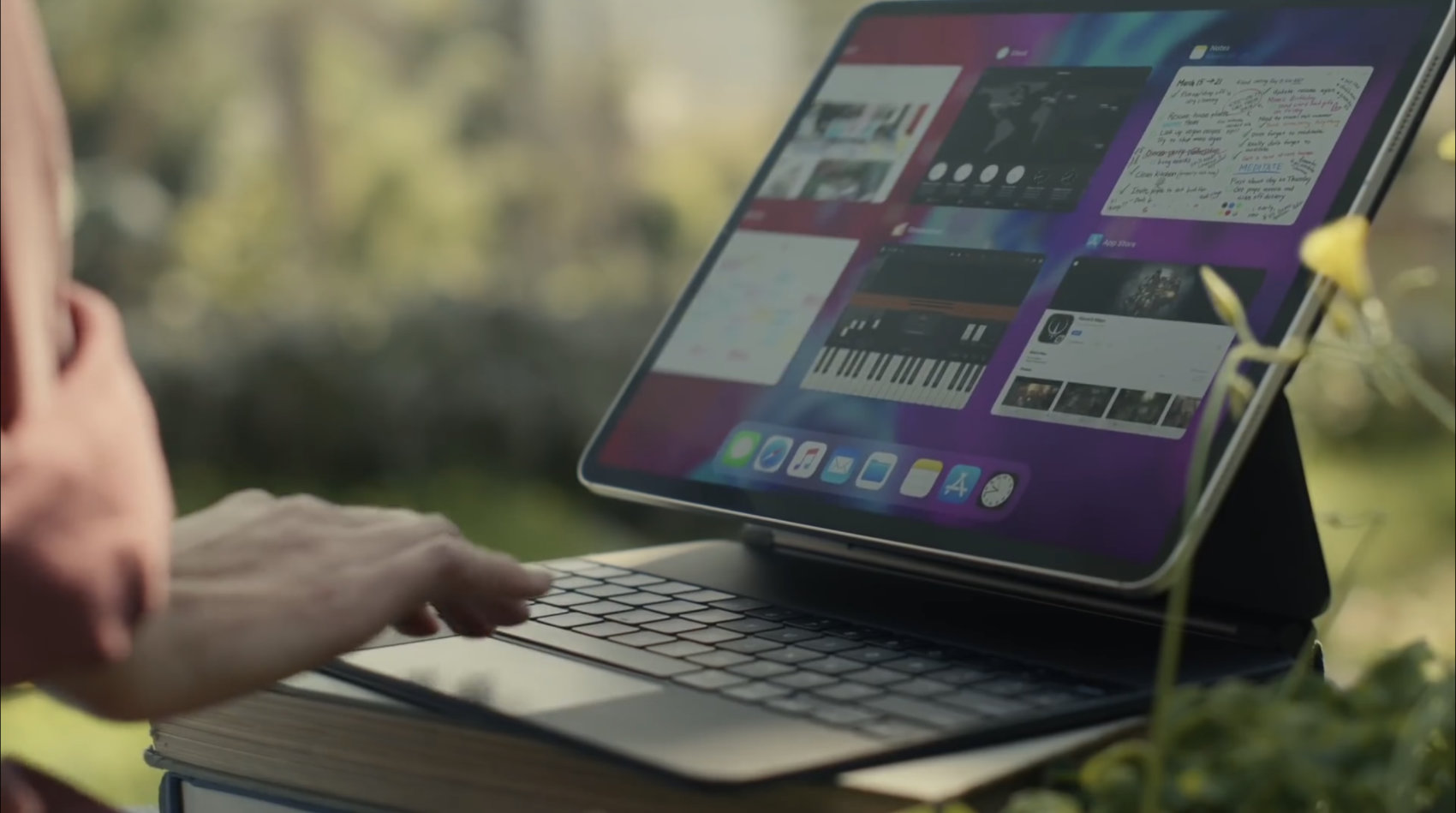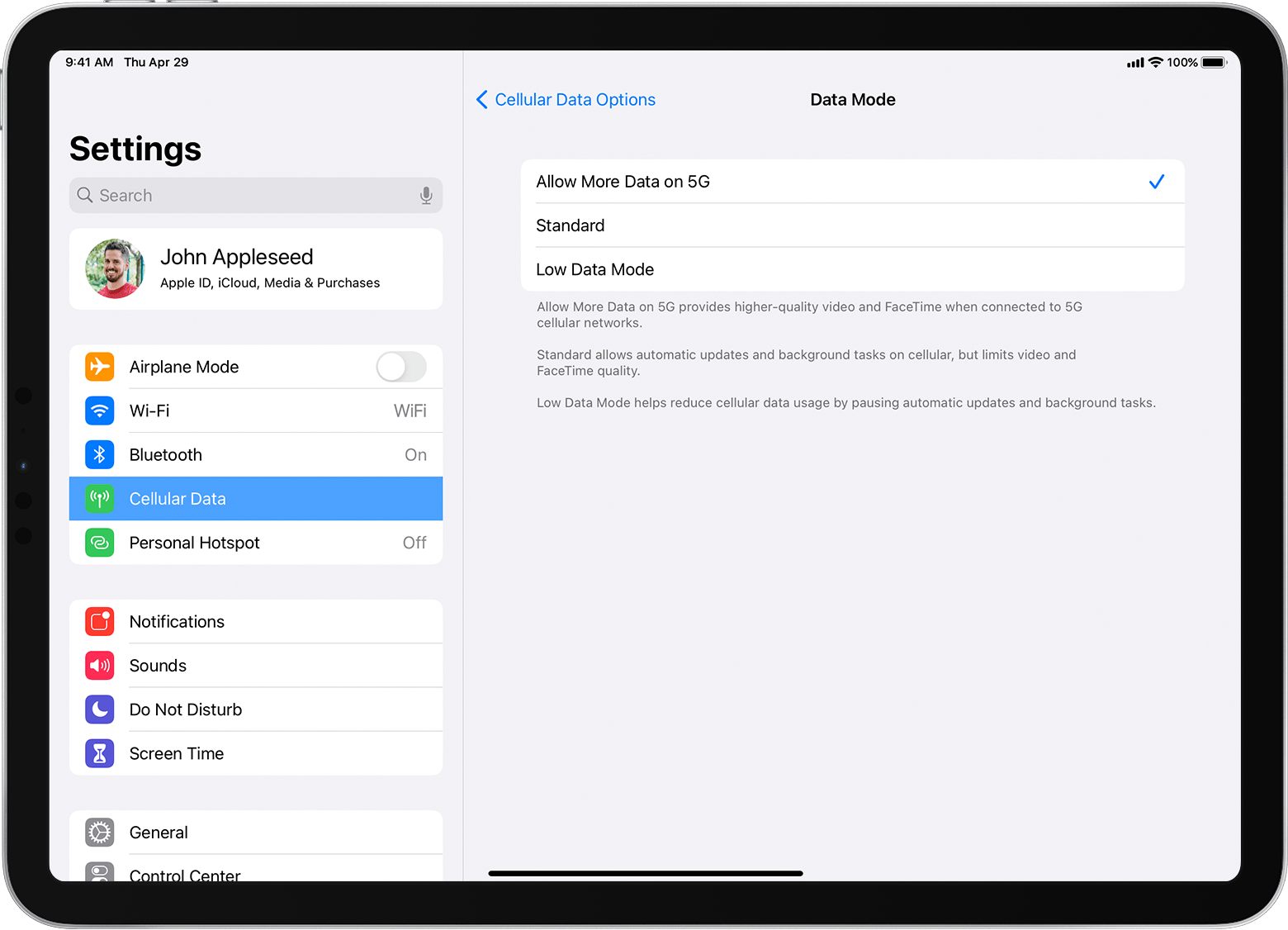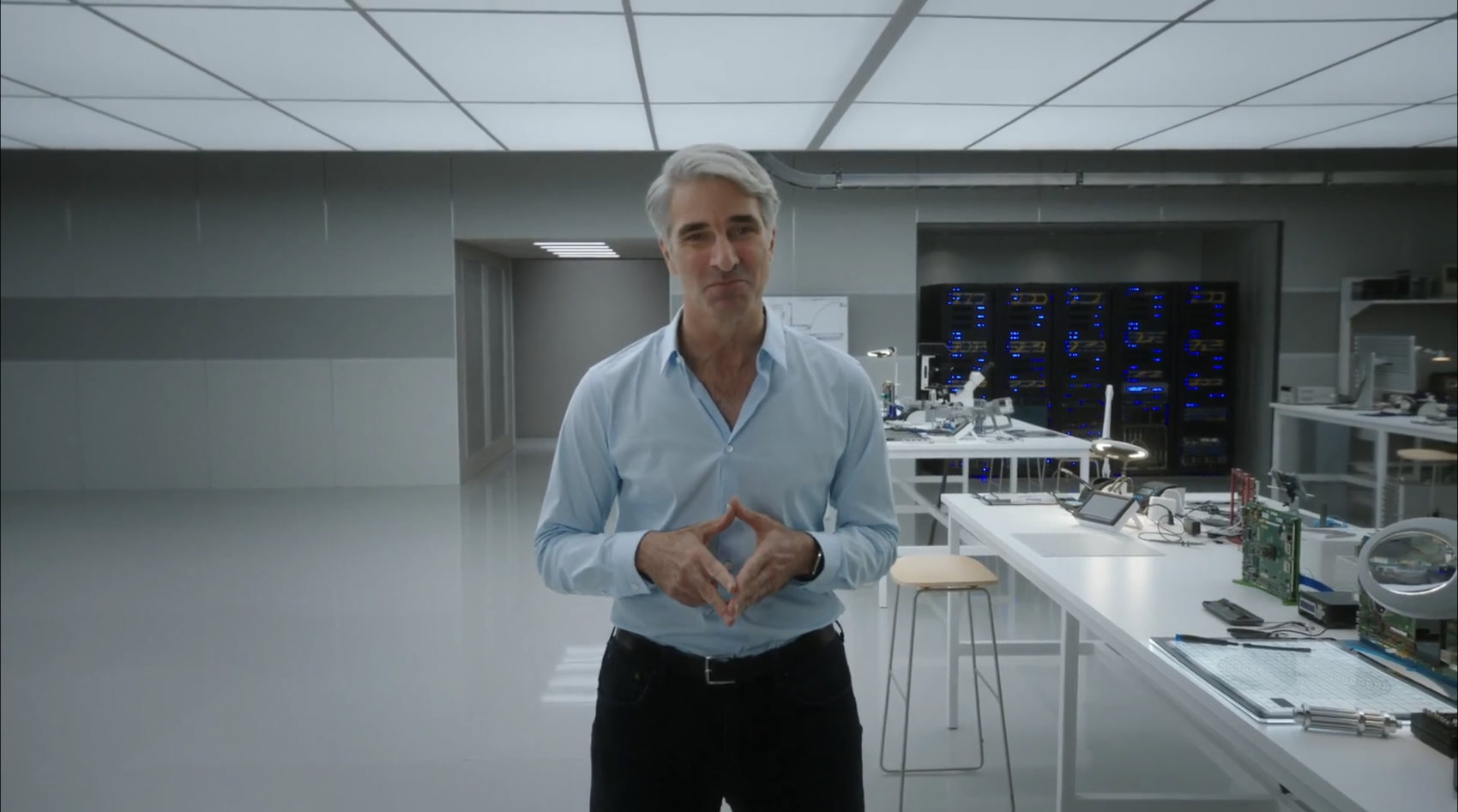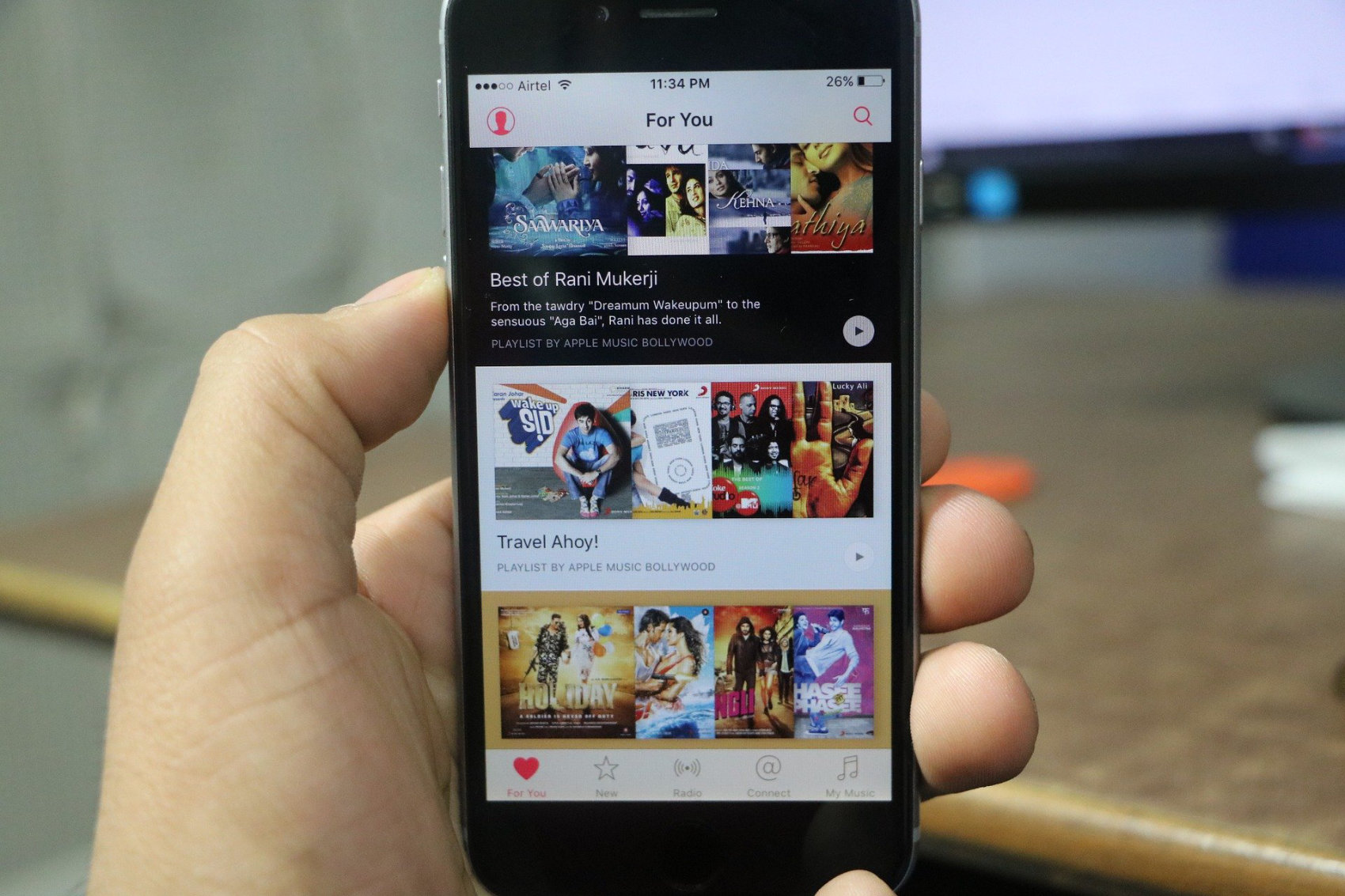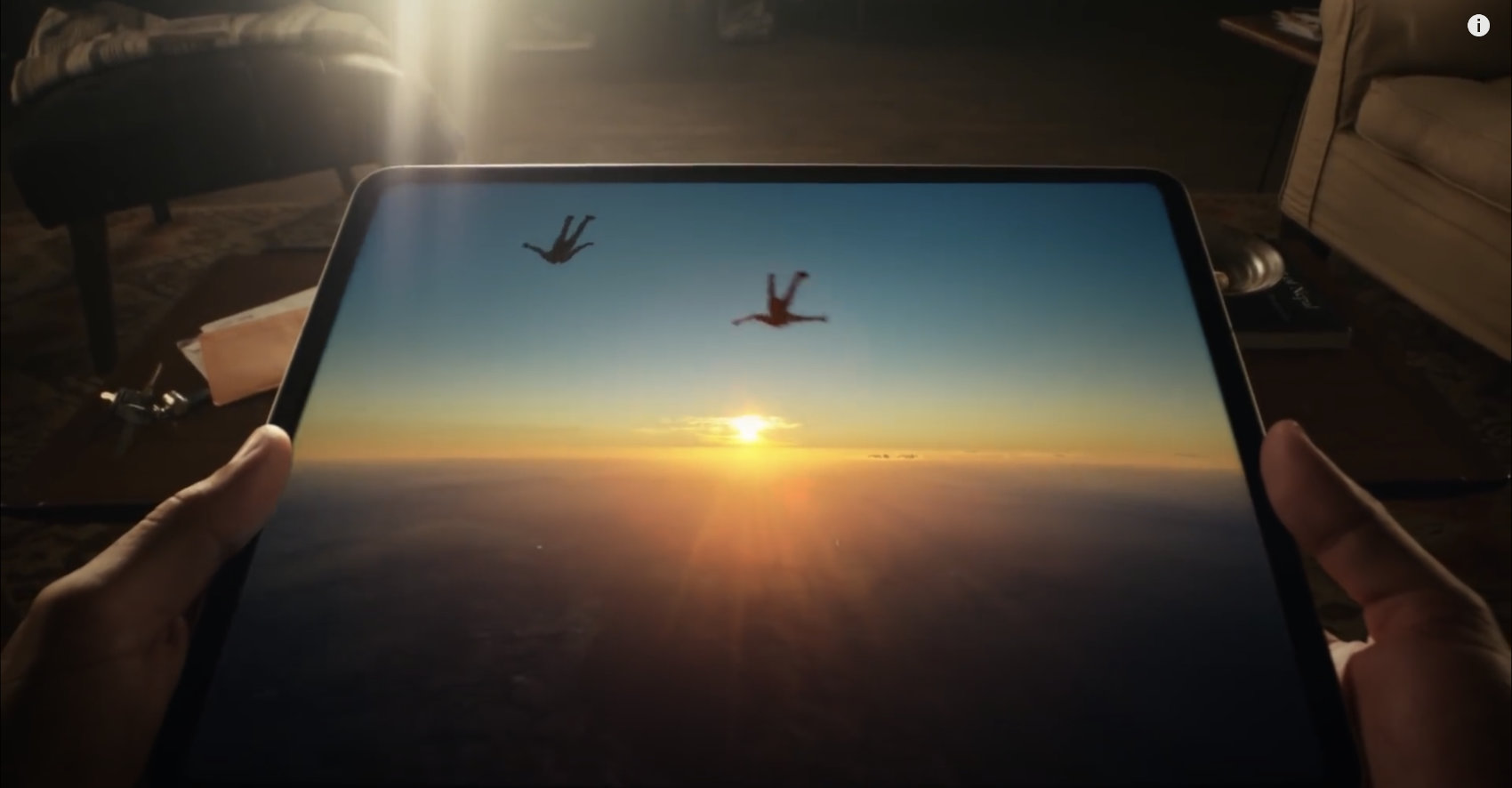Apple CEO Tim Cook took the stage to introduce WWDC 2021, the second time the company has held the event virtually. As expected, iOS 15 quickly became the focus with Craig Federighi taking the stage.
FaceTime
While highlighting how important FaceTime has been as a way to help people stay in contact during the pandemic, Federighi acknowledged video conferencing can be more difficult than in-person socializing. As a result, the company is working on features to make FaceTime feel more natural.
Spatial audio is making its way to FaceTime, improving the quality of the audio and making it sound as if you’re with the other person.
Voice isolation is a new feature that uses machine learning to block out ambient noise and focus on your voice. Wide spectrum, is the exact opposite, letting in all the background sound.
Grid view is a new way to handle multi-person FaceTime chats, bringing the familiar Zoom-style interface, in addition to FaceTime’s existing floating grid style.

FaceTime Links are a new, easy way to invite others to a FaceTime call. Simply start up FaceTime and click “Share” to send a link to those you want to invite.

SharePlay is designed to make it easy to watch TV with others via FaceTime. All articipants can pause and resume the program, as well as talk with each other and chat via Messages, all while the program is playing in the background. SharePlay supports Picture-in-Picture as well.
Apple is also releasing SharePlay API, making it easy for developers to include their own apps. Already, Disney+, Hulu, HBO Max, Paramount+, Pluto, ESPN+ and others are on board.
Notifications
Notifications are getting a major upgrade, including Notification summaries. The feature allows you to schedule when you receive a summary of recent notifications. It’s also possible to select which people’s notifications are included in summaries, making it easy to keep important contacts separate so their notifications get the attention they need.
iOS 15 will also include the ability to automatically notify others in Messages when Do Not Disturb is activated.
iOS 15 expands on Notifications, adding the ability to have custom notifications depending on what you are currently doing. For example, users can have work notifications or personal notifications, which will only allow contacts and apps classified as such to pop up when that notification is active.



